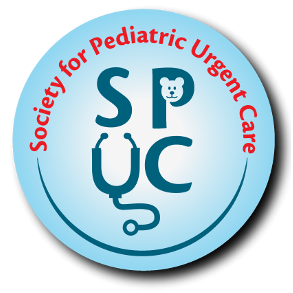EPIDEMIOLOGY OF TIBIAL SHAFT FRACTURES
- 15 percent of all pediatric fractures are in the tibial shaft
- 39% tibial fractures are in diaphysis
- 30% associated with fibula fracture
TODDLERS FRACTURES
- Non displaced spiral or oblique fracture of tibial shaft only (fibula remains intact)
- Also known as CAST fracture (childhood accidental spiral tibial fracture)
- Usually low energy trauma with rotational component (ex: twisting of leg when sliding down slide and foot gets caught on side of slide)
AGE CONSIDERATIONS
- Walking toddlers: 9m to 36m
DIFFERENTIAL DIAGNOSIS
- NAT
- Infection (if pt comes in 7-10 days later and has concerning findings on XR discussed in diagnostic findings)
- Bowing fracture
- Buckle fracture
- Pathologic fracture (due to neuromuscular disease, osteogenesis imperfecta, bony lesions)
- Transverse fracture (usually related to trauma)
EVALUATION
HISTORY
- Location of pain (if able to answer), mechanism (often has a rotation component), if there is a limp
- Pain
- Bruising
- Limp/refusal to bear weight
PHYSICAL EXAM
- Warmth, swelling over fracture site
- Tenderness over site
- Pain on ankle dorsiflexion
- If none of these are found (often with the classic toddlers fracture – place hand at knee and ankle and twist the leg and this should elicit pain
DIAGNOSTIC FINDINGS
- XR AP and lateral of leg: nondisplaced spiral tibial shaft fracture (usually distal half)
- If find healing and periosteal reaction could be due to previous fx in past 7-10 days – MRI or CT warranted to assess for infection or other etiology
CONCERNING FINDINGS
- Pain out of proportion to exam, pallor, pulseless (think of compartment syndrome
- Fracture at proximal half of tibia (concern for NAT)
TODDLERS FRACTURE
TREATMENT
Non Operative
- Closed reduction and long leg casting
Is used for most toddlers fractures
Operative – Indications (usually with other tibial shaft fractures, rarely with toddlers)
- Unacceptable reduction
- Marked soft tissue injury
- Open fractures
- Unstable fractures
- Compartment syndrome
- Neurovascular injury
- Multiple long bone fractures
FOLLOW UP
After Non-operative option
- Follow up XR in 2 weeks to evaluate for callus in cases where diagnosis was unclear
- Serial radiographs to monitor for developing deformity
After surgery
- Will be case dependent
Prognosis
- 3-4 weeks for toddlers fractures to heal
COMPLICATIONS
- Compartment syndrome
- Leg length discrepancy
- Angular deformity (Varus or valgus)
- Associated physeal injury
Anticipatory Guidance
- Come back for persistent or progressive pain while in cast
- Come back for numbness/tingling (although hard to elicit for the younger kids)
- Come back for swelling or discoloration of toes outside cast
REFERENCES
- Orthobullets
- Uptodate
